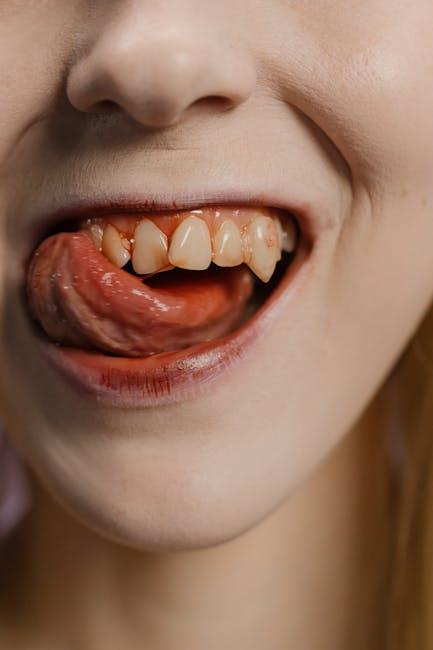
Does Medicaid Cover Dental? Orthodontics, Common Procedures & State Coverage
If you or a loved one are enrolled in Medicaid, you may be wondering — does Medicaid cover dental care? Dental health is a crucial aspect of overall well-being, yet dental coverage varies widely depending on your state and specific Medicaid plan. In this comprehensive guide, we delve into Medicaid dental benefits, including orthodontics, typical procedures covered, and how state differences can impact your benefits. Whether you’re seeking preventive care or orthodontic treatment, understanding Medicaid dental coverage helps you get the care you deserve.
Understanding Medicaid Dental Coverage
Medicaid is a joint federal and state program that provides health coverage for eligible low-income individuals and families. However, unlike standard health insurance, Medicaid dental coverage is not standardized across all states. While all states cover dental services for children under the Early and Periodic Screening, Diagnostic, and Treatment (EPSDT) benefit, adult dental coverage is optional and varies significantly.
Dental Benefits for Children
By law, Medicaid must provide comprehensive dental services for individuals under 21 years old. These benefits include:
- Preventive care such as cleanings and sealants
- Diagnostic services like X-rays and exams
- Restorative treatments including fillings and crowns
- Orthodontic services when medically necessary
This ensures kids have access to essential dental care that supports healthy development.
Adult Dental Coverage: A State-by-State Landscape
For adults, dental coverage through Medicaid can range from full benefits to very limited services or none at all. States decide what dental services to offer adults, so it is important to check local Medicaid policies.
- Comprehensive Adult Dental Coverage: Some states provide extensive coverage including preventive, diagnostic, and restorative services.
- Limited or Emergency-Only Coverage: Several states restrict adult dental benefits to emergency procedures such as tooth extractions due to pain or infection.
- No Adult Dental Benefits: A few states do not cover dental services for adults on Medicaid.
Common Dental Procedures Covered by Medicaid
Even with differing state policies, Medicaid dental coverage generally includes a variety of routine and necessary procedures. Below is a list of typical services covered, especially for children, and in some states for adults as well:
- Preventive Care: Cleanings, fluoride treatments, sealants, and routine dental exams
- Diagnostic Services: X-rays, oral cancer screenings, and comprehensive evaluations
- Restorative Treatment: Fillings, crowns, dental bridges, and root canals
- Oral Surgery: Tooth extractions and minor surgical dental procedures
- Orthodontics: Braces and related treatments, typically covered for children when medically necessary
- Emergency Dental Care: Treatment for infection, abscesses, and trauma
Orthodontics Coverage Under Medicaid
Orthodontic treatment — such as braces — is a frequently asked question when it comes to Medicaid dental coverage. The key points include:
- Children’s Coverage: States typically cover orthodontics if there is a documented medical necessity, like severe malocclusion, cleft palate, or jaw abnormalities.
- Adult Access: Orthodontic treatments are rarely covered for adults under Medicaid except in cases of medical necessity, such as reconstructive surgery following an injury.
- Approval Process: Orthodontic care usually requires prior authorization and dental records to justify the need.
State Medicaid Dental Coverage Comparison
State variability creates a complex patchwork of dental benefits for Medicaid enrollees. The table below provides a snapshot of adult Medicaid dental coverage across select states to illustrate this diversity:
| State | Adult Dental Coverage | Orthodontics Coverage |
|---|---|---|
| California | Comprehensive | Covered with medical necessity for children |
| Florida | Emergency only | Not covered |
| Texas | Limited preventive & emergency | Not covered |
| New York | Comprehensive | Covered for children with prior approval |
| Ohio | Limited to emergency & some restorative | Covered only in rare cases for children |
Benefits and Practical Tips for Using Medicaid Dental Coverage
Maximizing your Medicaid dental benefits can be straightforward with a few practical tips:
- Know Your Benefits: Verify your state’s Medicaid dental coverage online or by contacting your state Medicaid office.
- Choose In-Network Dentists: Use dental providers who accept Medicaid to avoid unexpected costs.
- Maintain Preventive Care: Regular cleanings and exams can help prevent costly dental problems later.
- Get Orthodontic Pre-Approvals: If seeking braces, ensure prior authorization and medical necessity documentation are submitted to avoid denials.
- Keep Records: Document all dental appointments and correspondence with Medicaid for any claims or appeals.
Case Study: Medicaid Orthodontic Coverage in California
Maria, a 12-year-old Medicaid enrollee in California, was diagnosed with a severe overbite that interfered with her speech and chewing. Her orthodontist submitted a medical necessity request through Medicaid’s approval process. After verification, Maria received full coverage for braces with no out-of-pocket costs — helping improve her dental health and confidence.
Conclusion
While Medicaid dental coverage varies greatly by state and age, understanding the scope of benefits including orthodontics and common dental procedures can help you make informed decisions about your oral health care. Children under Medicaid have federally guaranteed extensive dental coverage, but adults should check their state-specific policies carefully. By knowing what services are covered and following practical tips to utilize benefits wisely, Medicaid enrollees can access crucial dental care to maintain healthy, pain-free smiles.
For the most accurate and up-to-date information on Medicaid dental coverage in your state, visit Healthinsurance.org or your state Medicaid website.


